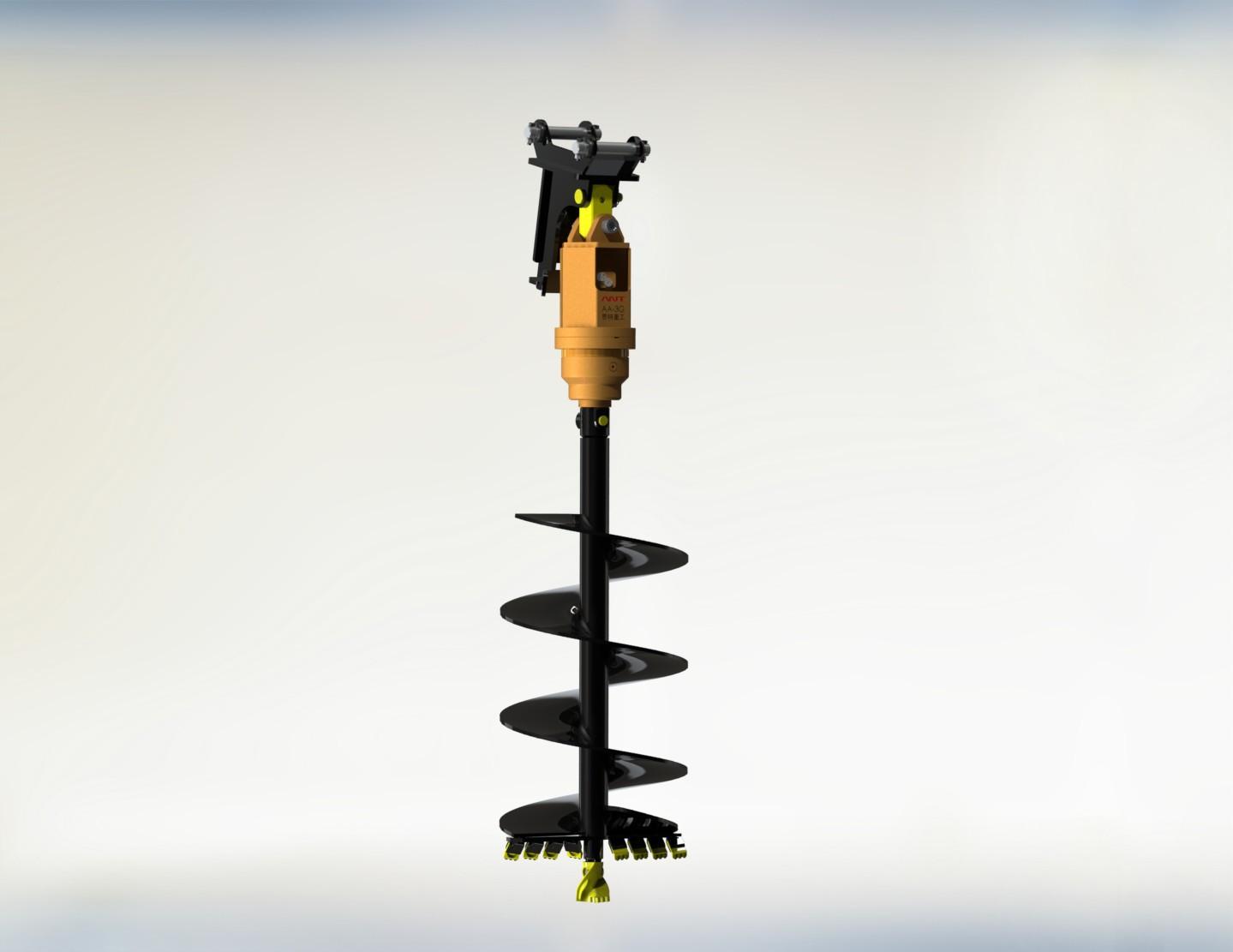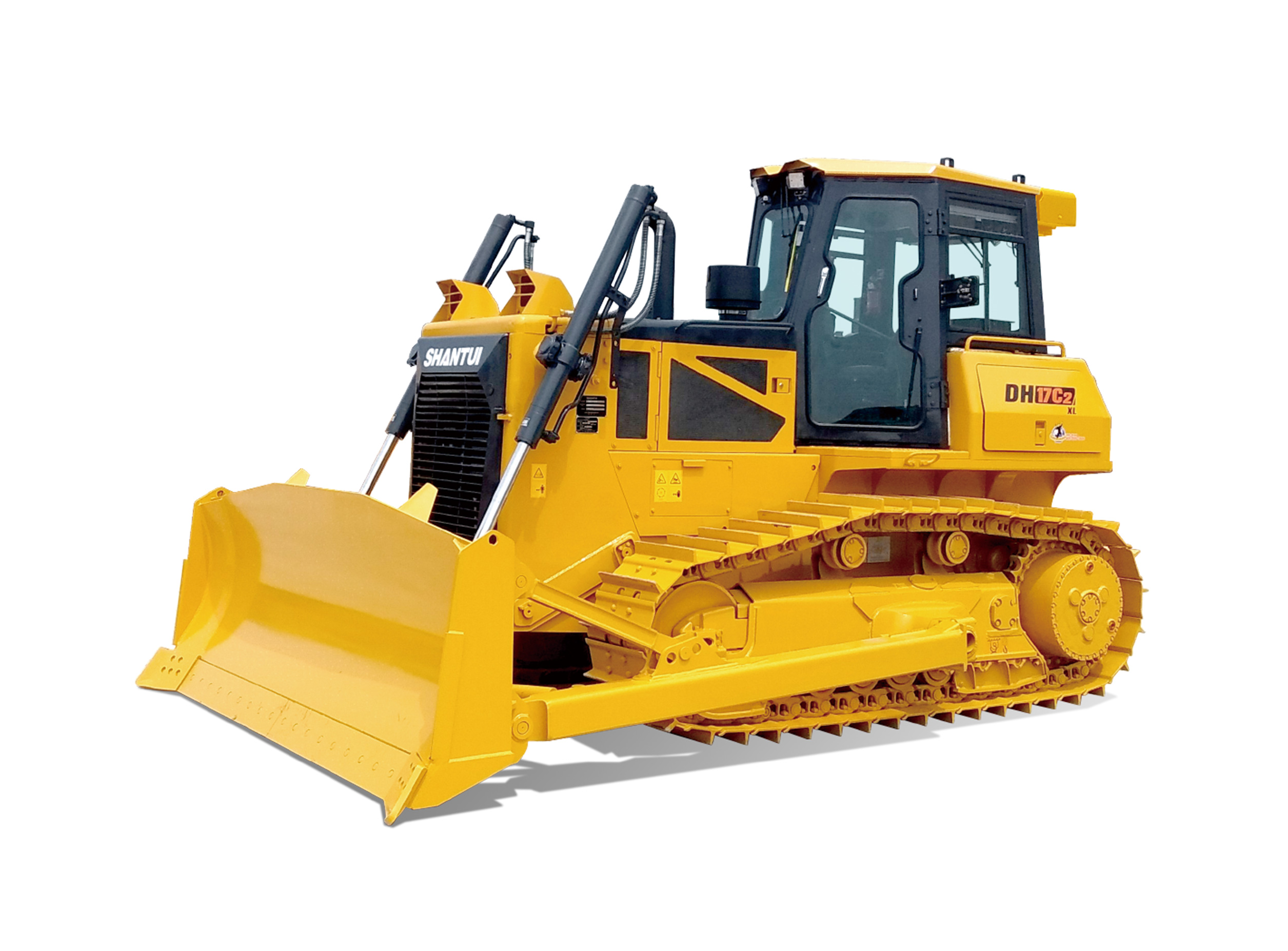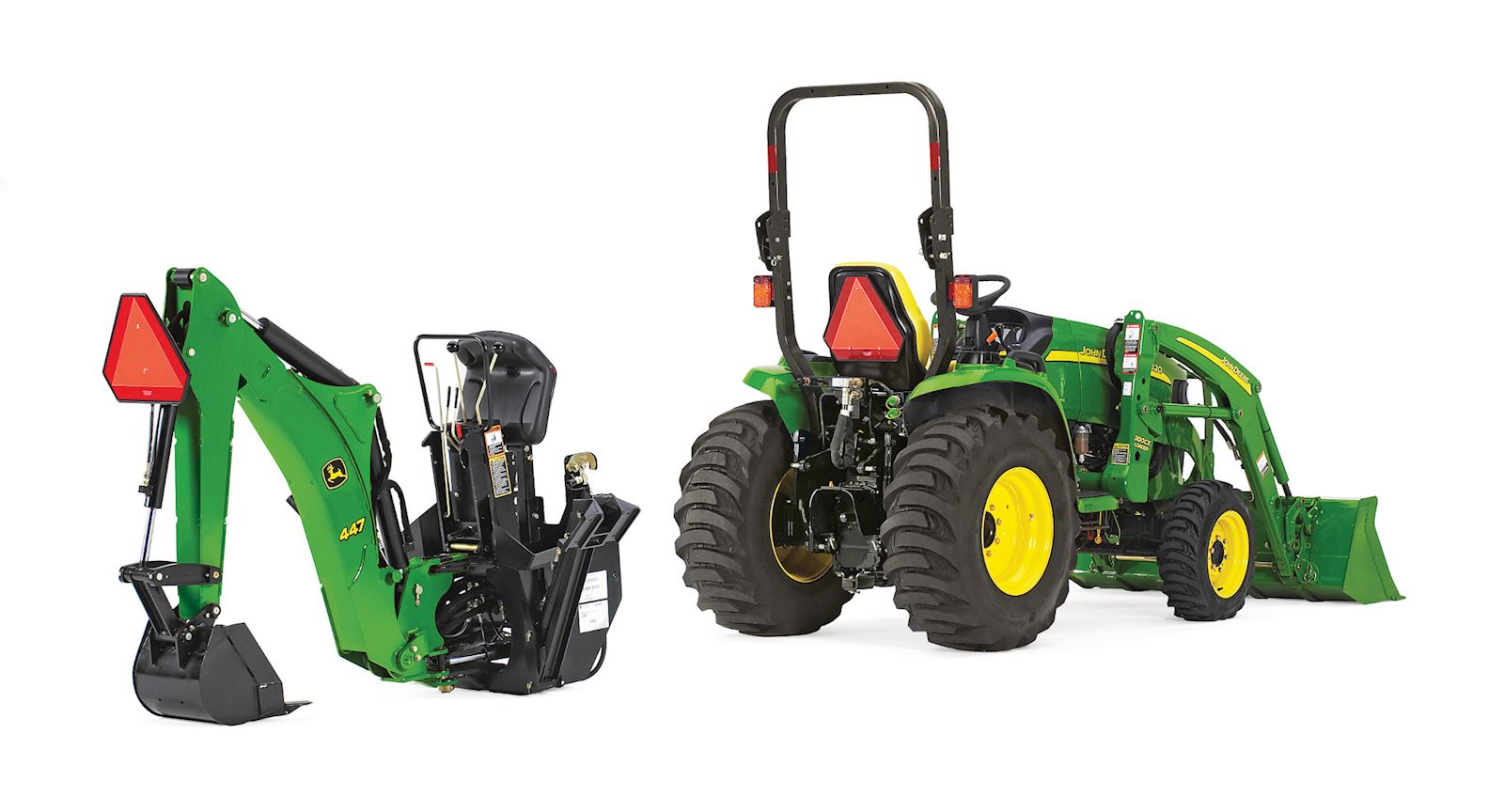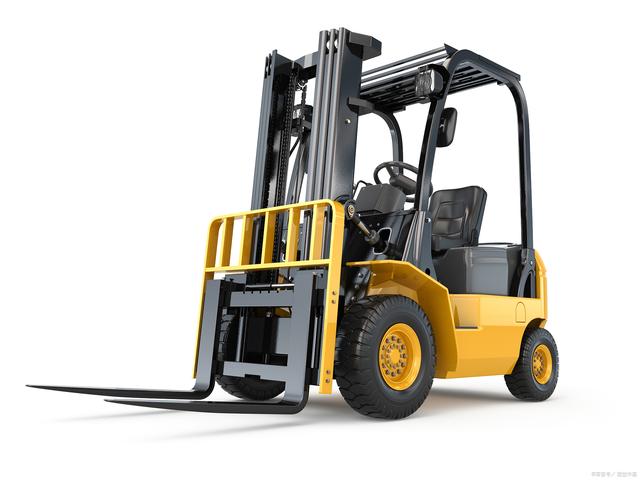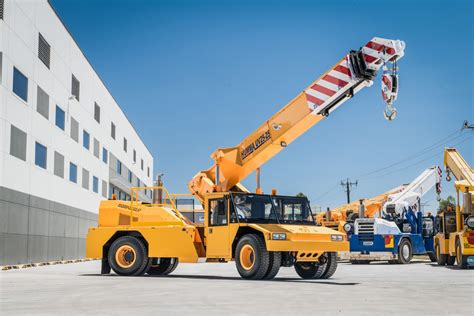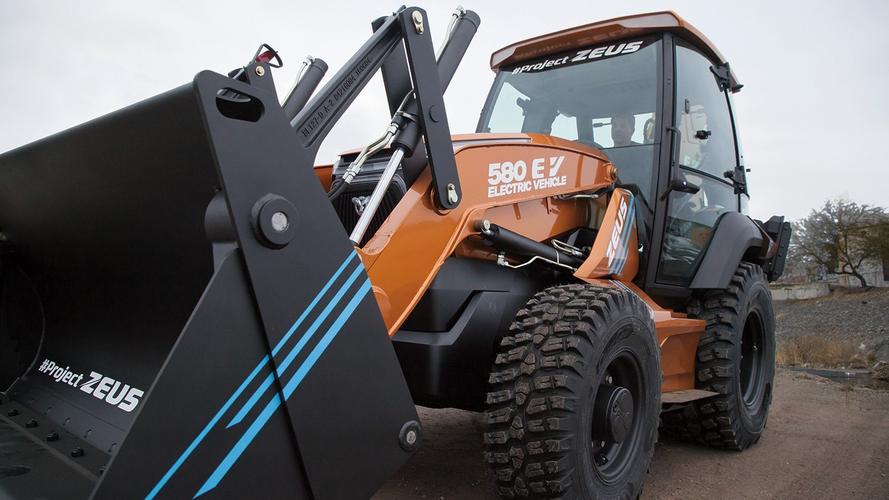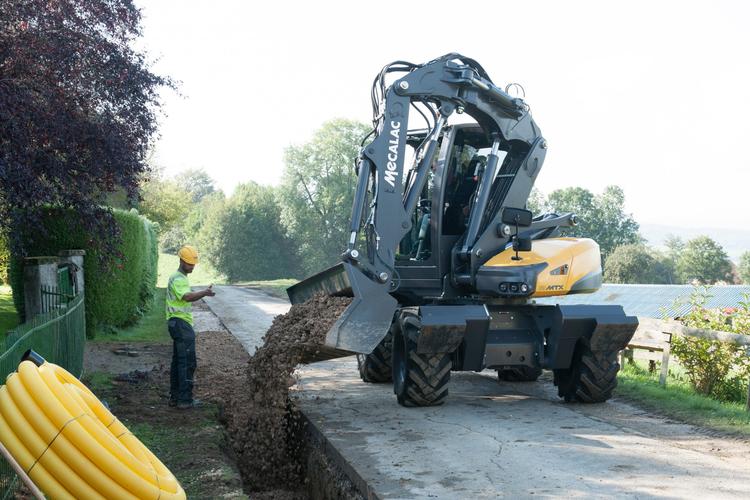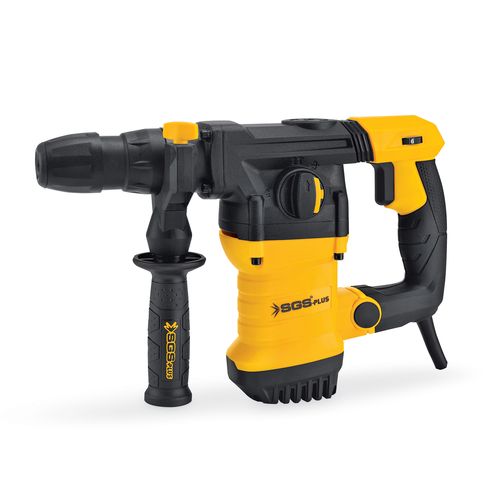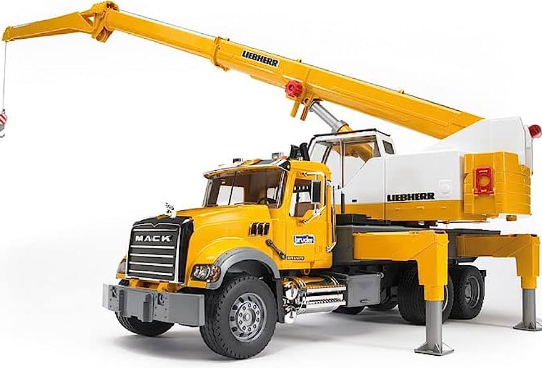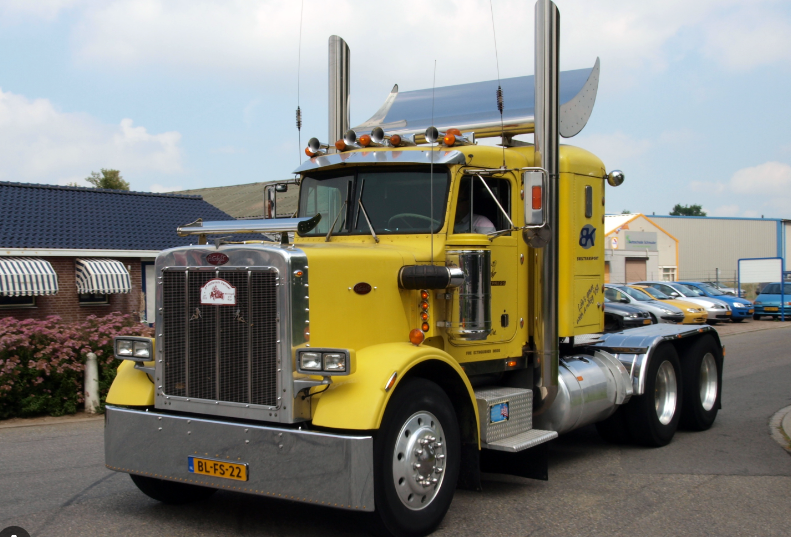The dangers of following too closely
When you follow another forklift too closely, you are putting yourself at risk of an accident. There are several dangers associated with following too closely, including:Reduced visibility: When you follow too closely, your view of the area ahead is significantly reduced. This makes it challenging to anticipate obstacles or any sudden changes in the forklift's movement.
Sudden stops: Forklifts can stop suddenly, especially when carrying heavy loads or operating on an incline. If you follow too closely, you may not have enough time to react and could crash into the back of the other forklift.
Collision: If the forklift in front of you suddenly changes direction or collides with another object, you may not have enough space to avoid a collision. This can cause damage to both forklifts and can result in injuries to operators or other workers in the area.
The importance of keeping a safe distance
To ensure the safety of everyone in the work area, it is essential to keep a safe distance when following another forklift. By keeping a safe distance, you can:Have a clear view: By keeping a safe distance, you will have a clear view of the area ahead, giving you more time to anticipate any potential hazards.
React in time: By keeping a safe distance, you will have enough time to react and stop your forklift in case the one in front of you stops or changes direction suddenly.
Avoid collisions: By keeping a safe distance, you can avoid collisions, reducing the risk of damage to both forklifts and the injuries of operators or other workers in the area.
Best practices for following another forklift
To ensure your safety and the safety of others, here are some best practices to follow when following another forklift:Keep a safe distance: Always maintain a distance of at least three forklift lengths when following another forklift.
Communicate: Use hand signals or radios to communicate with the other forklift operator if necessary.
Slow down: Reduce your speed when following another forklift, especially when going around corners or entering or exiting a narrow aisle.
Stay alert: Always stay alert and pay attention to your surroundings, watching for any hazards and anticipating any changes in the forklift's movement.

